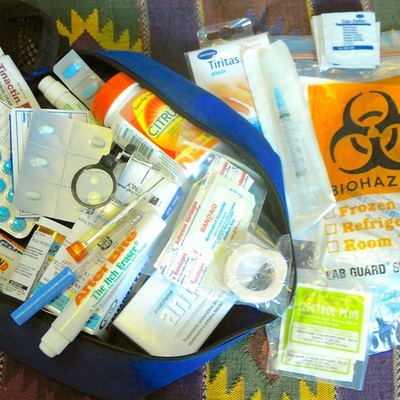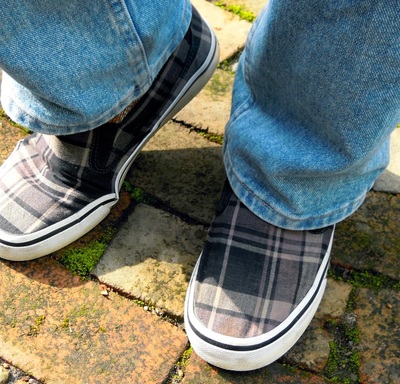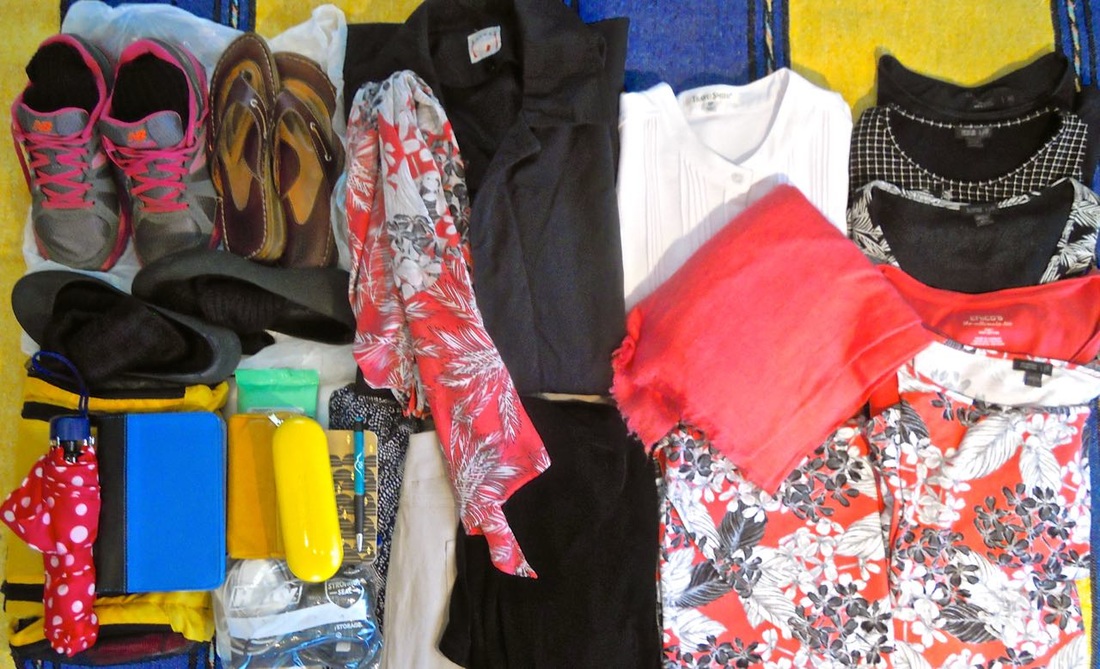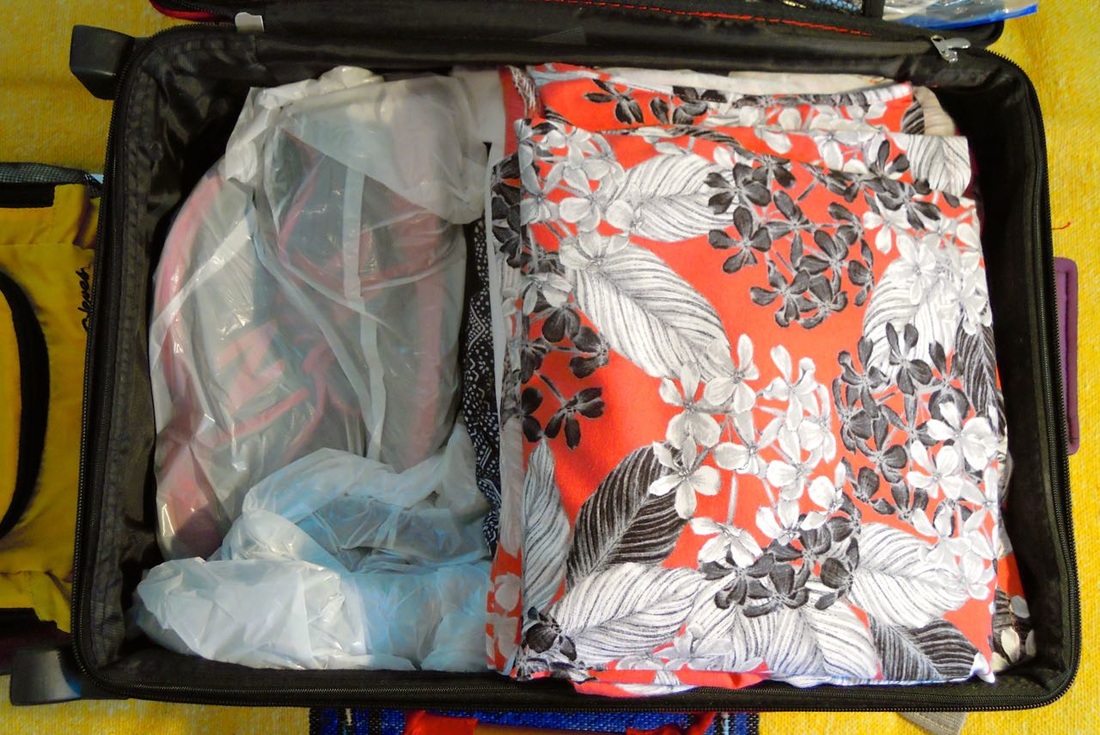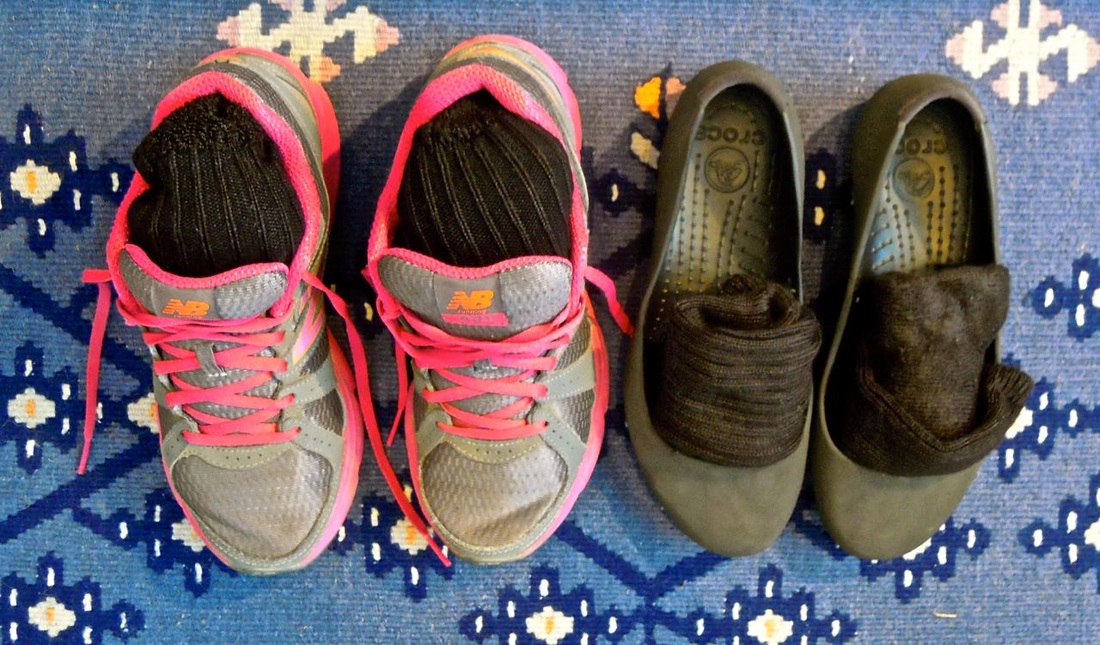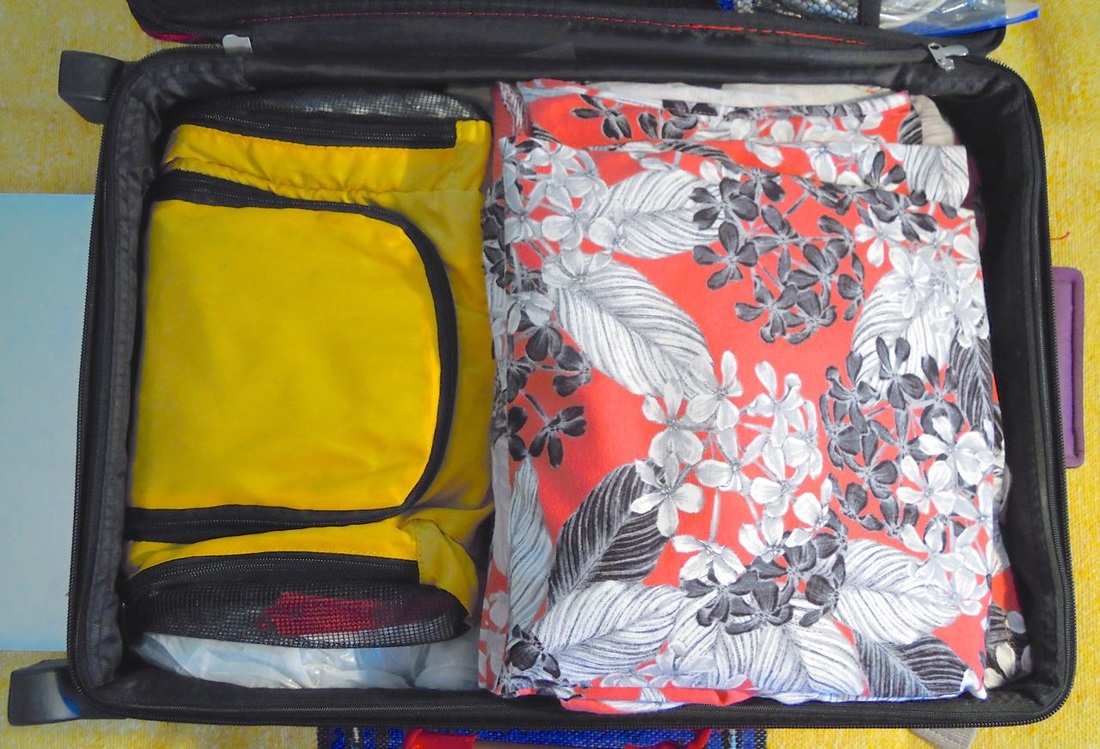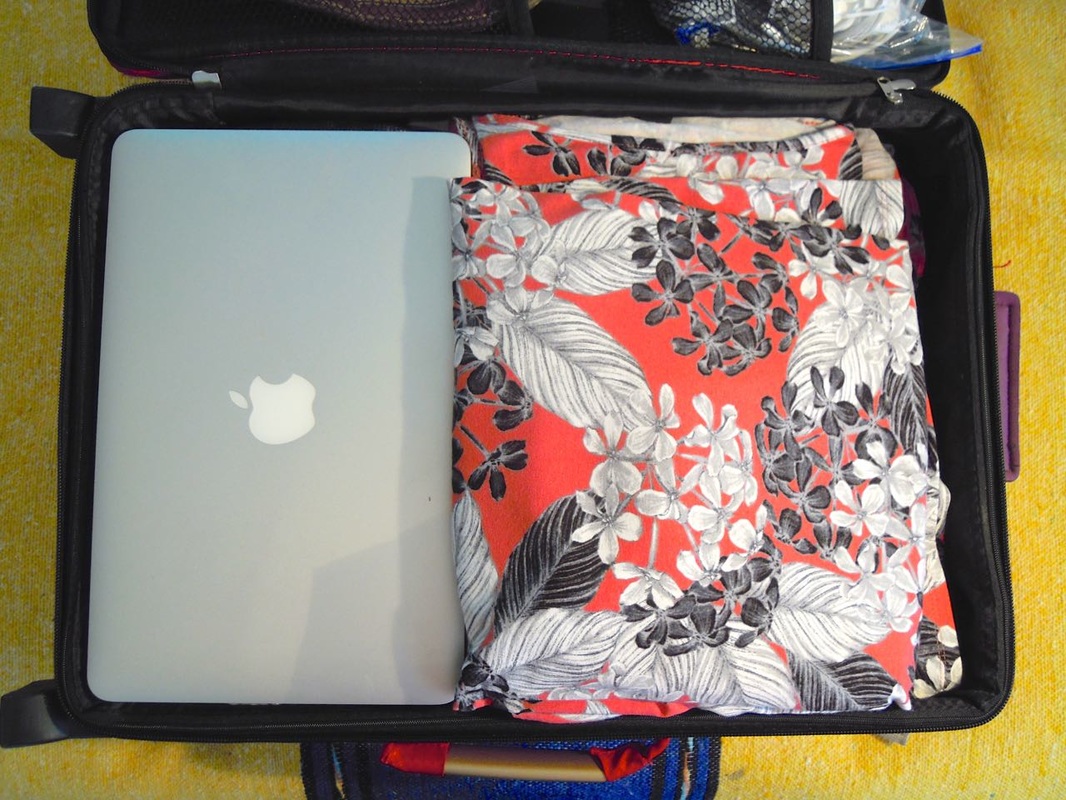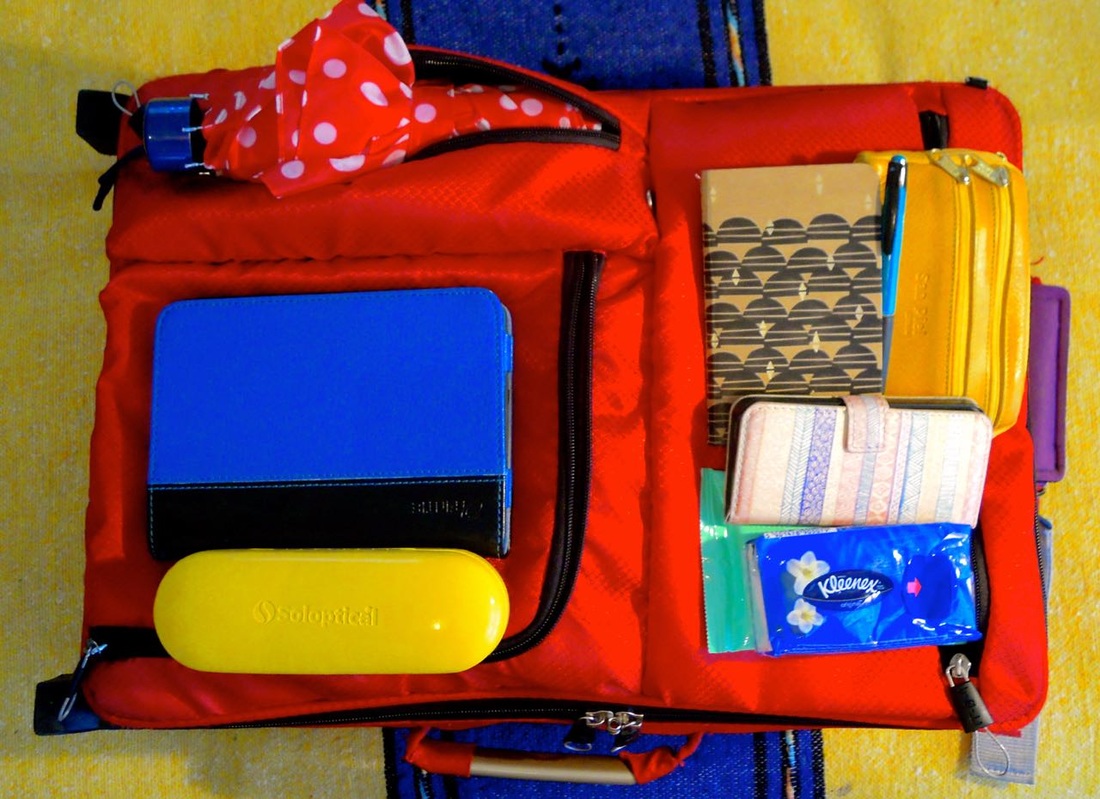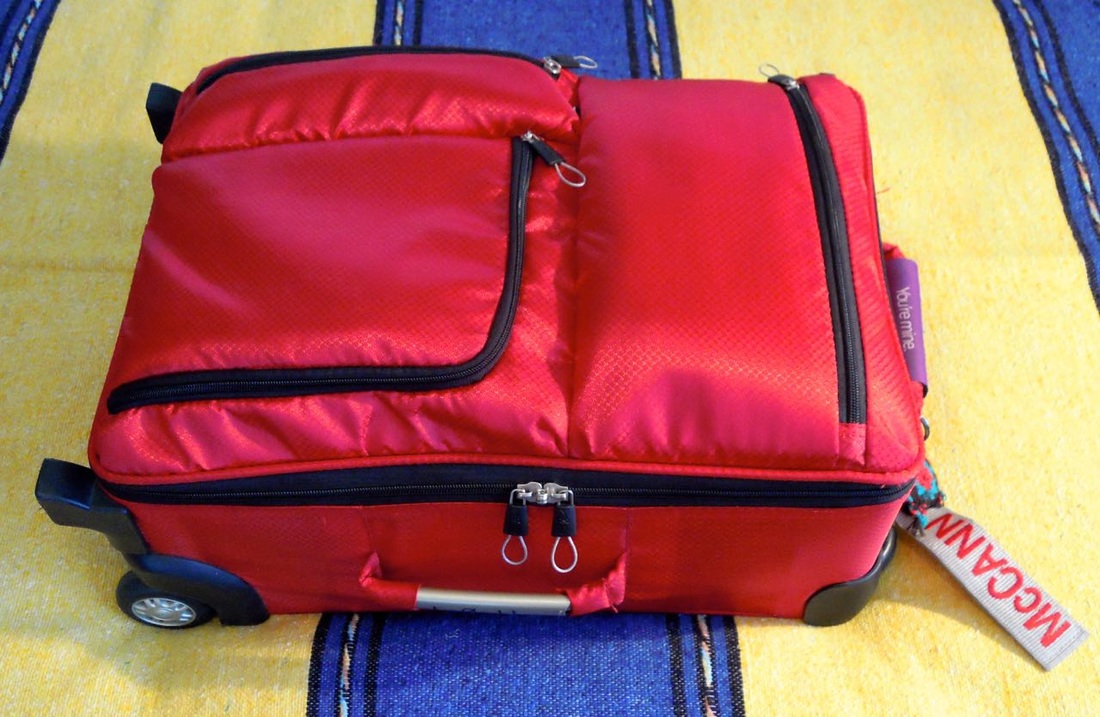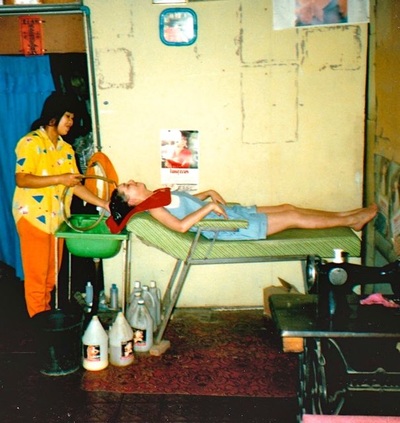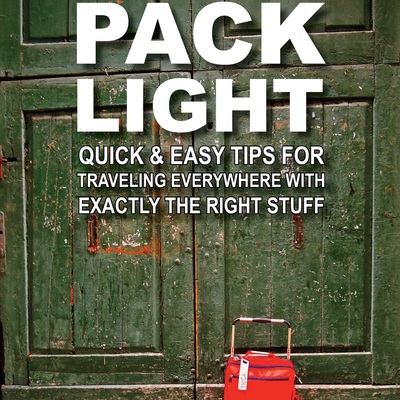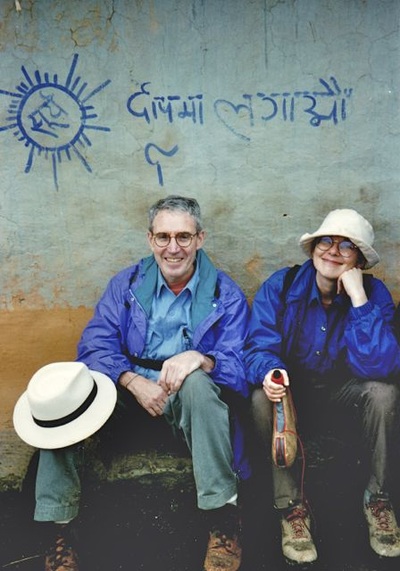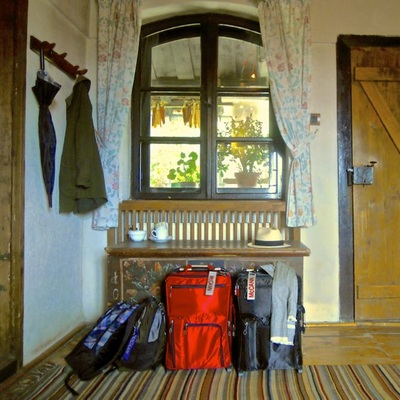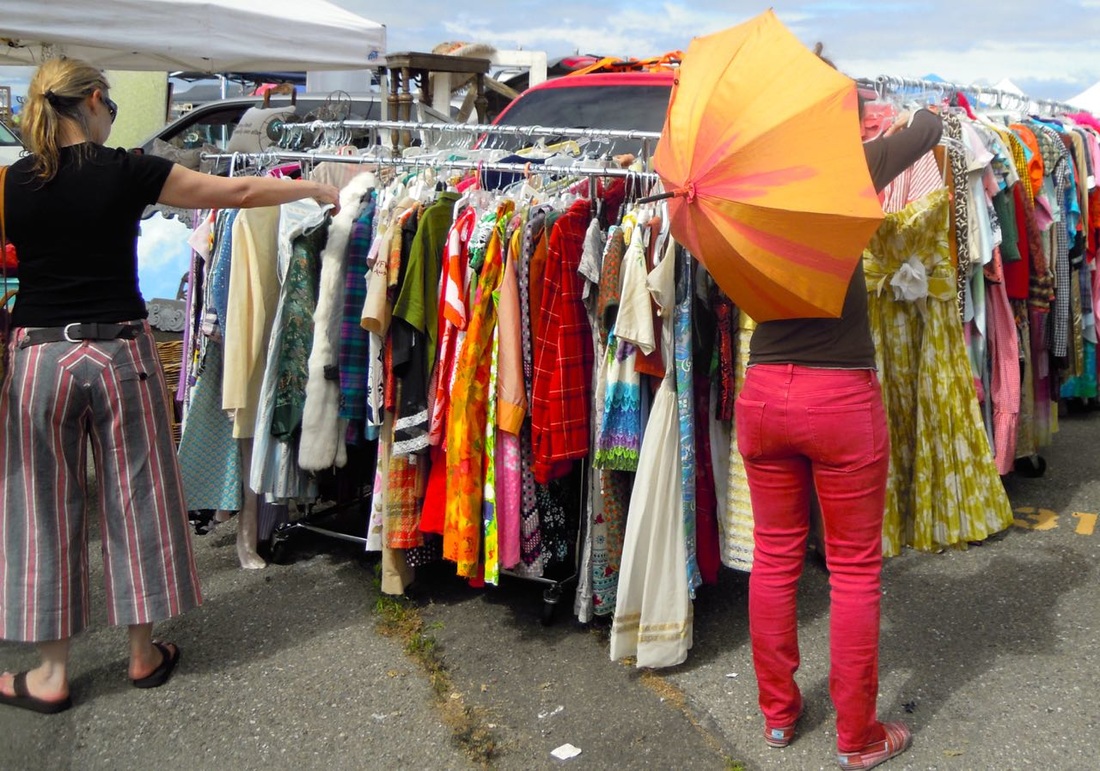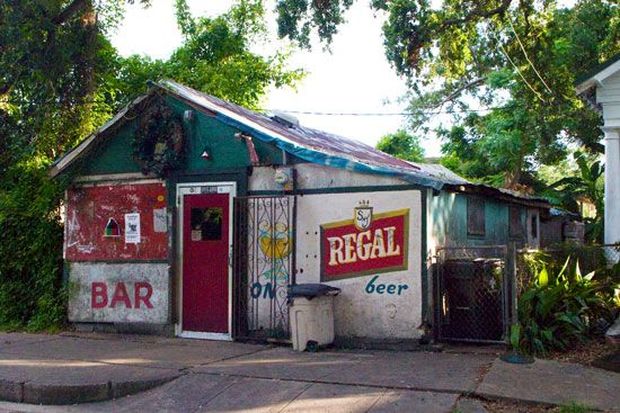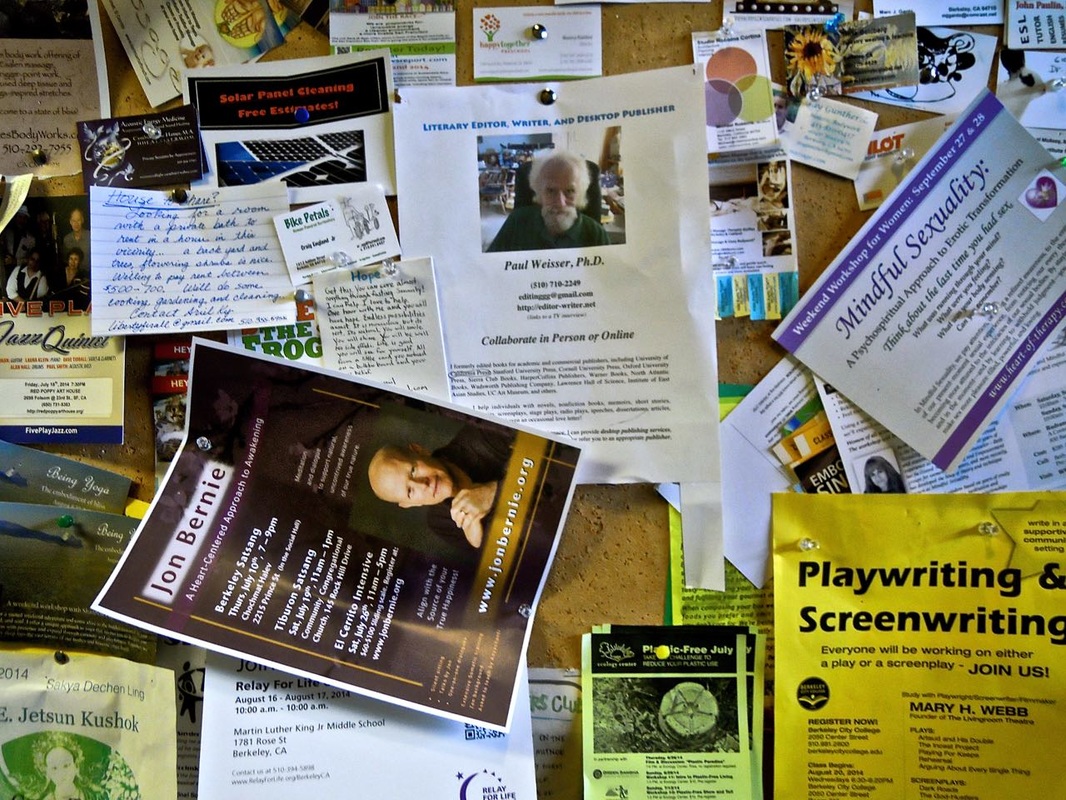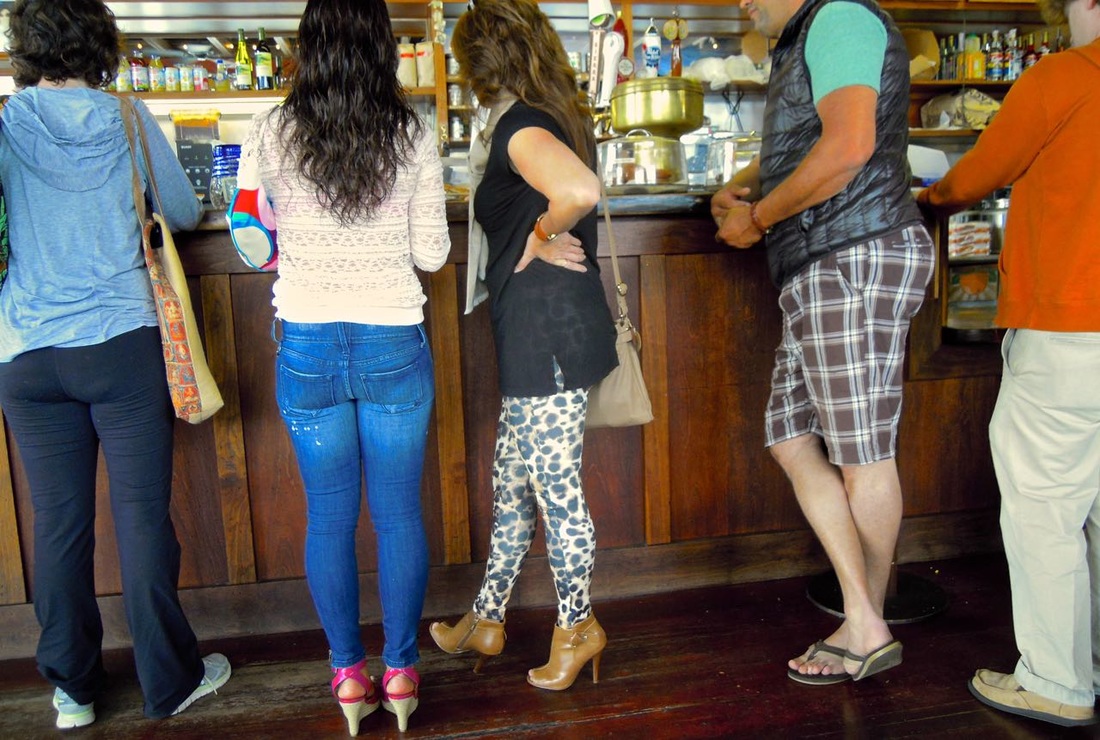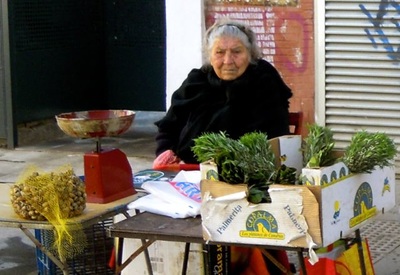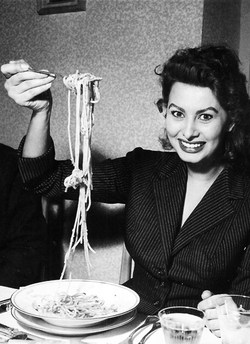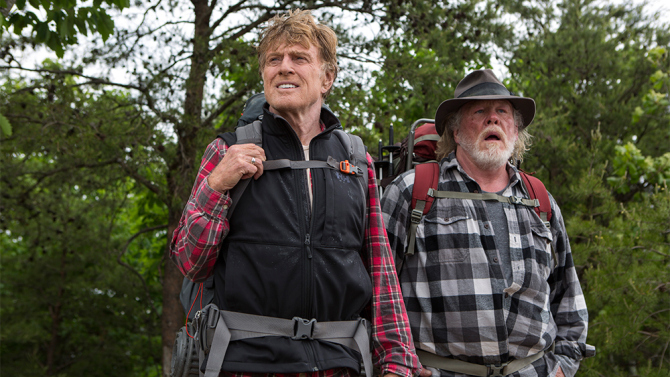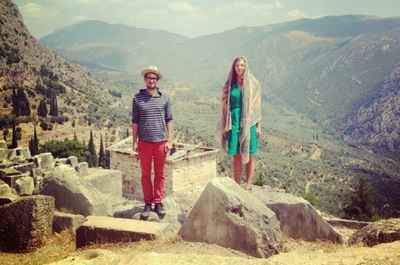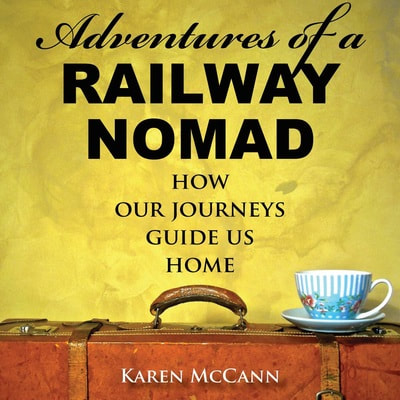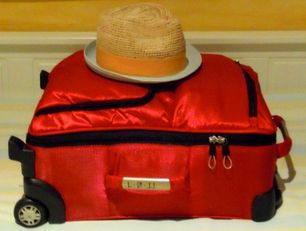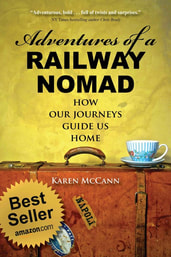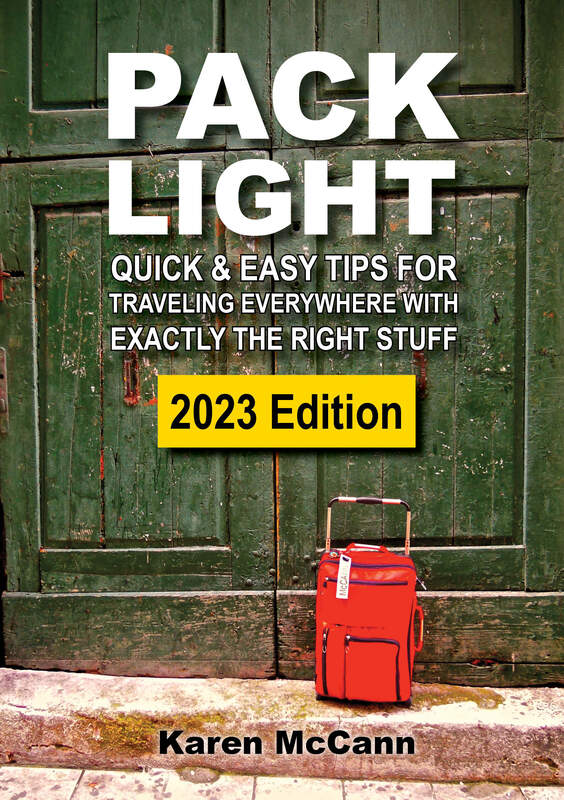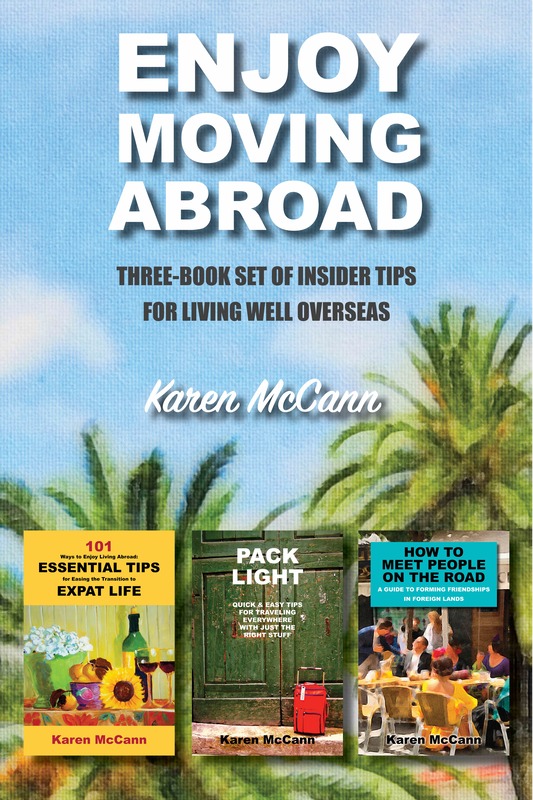 A TRAVEL SKILL YOU MAY NEED SOMEDAY? A TRAVEL SKILL YOU MAY NEED SOMEDAY? Runaway camels. UFO abductions. Leeches. The world is full of catastrophes waiting to strike, and the sensible traveler is prepared to encounter pretty much anything. On my own journeys, I’ve dealt with tornados, snakes, earthquakes, inebriated Americans in Japanese karaoke bars, and broken bones when camping in deep jungle, to name but a few. My fellow travel writers are quick to offer excellent advice about how to survive the most appalling situations; the solutions are often so harrowing that I’m convinced they hire Stephen King as a ghostwriter. Seriously, it's the most logical explanation for such titles as How to Escape from Quicksand, Wrestle an Alligator, and Land a Plane (although to be fair, I don't think they meant all at the same time); Surviving Nuclear Radiation Fallout; and Blades don’t need reloading (explaining why you want a machete, not a gun, when battling zombies).The list of possible disasters is endless and the advice may vary, but there is one thing all the survival guides agree on: the first thing you need to do is stay calm. OK, I’ll do my best. But then what? Rich and I recently whiled away a long drive discussing potential travel emergencies, and we agreed that while we wouldn’t rule out the utility of knowing how to defuse a bomb or jump onto a moving train, the catastrophe most likely to overtake us on the road would be a medical crisis. And in that case, the first survival skill we’d need would be knowing when and how to summon help. That’s when we came up with the idea of creating the SOS file (named, of course, for the international Morse code distress signal). 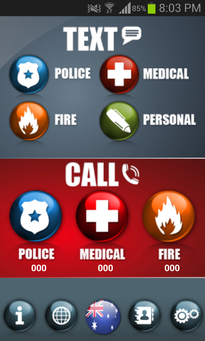 TRAVEL SAFE APP TRAVEL SAFE APP Here's what our SOS file will include: 1. A personal safety app. Right now we’re leaning toward Travel Safe, an award-winning app that uses the GPS in your phone to instantly transmit your location and type of emergency to first responders and a designated personal contact. It’s fluent in 27 languages – which is about 25 more than I speak – and covers you in 200 countries. 2. A first-aid app. This will tell you what to do while waiting for medical professionals to arrive on the scene. The best-known app in my country is First Aid by American Red Cross; their sister organizations in the UK, Australia, and elsewhere have their own versions as well. 3. A list of family and friends to contact for help. While considering worst-case situations, I imagined one of us hospitalized in a remote location (say, Moldova or Latvia) for something rather worrying. What friends or relatives might be willing/able to jump on a plane and come all that way to provide logistical and moral support? We’re working on the short list now; I’ll let you know if your name comes up. 4. Basic medical information. We plan to note health conditions, medications, allergies, blood type, eyeglass prescriptions, and anything else we can think of that the professionals should know before deciding on treatment. No point in risking, for instance, unfortunate drug interactions on top of whatever other calamity is in progress. And we’ll make a note about where to find our advance directives and power of attorney for health care, should those ever be needed. 5. Insurance information. We have lots of insurance: Spanish, American, Medicare (which does not cover travelers overseas), and, depending on the journey, sometimes emergency evacuation and trip cancellation policies as well. Would I know exactly where to find the details in Rich’s meticulous files? Let’s just say it’s a wise precaution to note numbers and coverage data here. 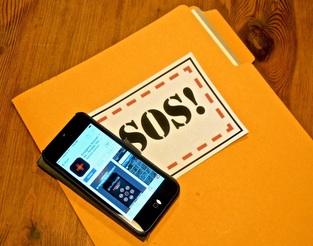 Our SOS file won’t be nearly as thrilling to read as The Worst-Case Scenario Survival Handbook, Come Back Alive, or The Alien Invasion Survival Handbook: A Defense Manual for the Coming Extraterrestrial Apocalypse. But it’s far more likely to prove an actual lifesaver. And if assembling it turns out to be an utter waste of our time? That’s the best-case scenario. Unlike some of my better-organized and more practical blogger friends, I don't accept sponsorships of any kind. The products and books mentioned in this post are here because I thought you might find them interesting. I haven't tried every one of them, and I welcome your input and feedback. YOU MIGHT ALSO ENJOY VACATION ALERT! I'm taking the next two weeks off to enjoy friends and family in California. I won’t be completely out of touch, but don't expect another blog post until somewhere around August 21. Didn’t want you all wondering if some travel catastrophe had overtaken me!
4 Comments
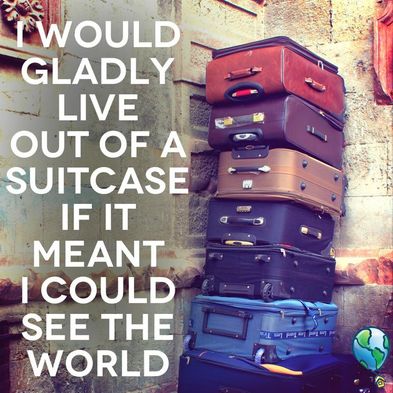 THIS SENTIMENT WAS NOT SHARED BY THE CROCODILE. THIS SENTIMENT WAS NOT SHARED BY THE CROCODILE. Here’s a hot packing tip: leave your live reptiles at home. Unfortunately, one passenger didn’t get the memo on this, and he stuffed a crocodile into his duffle bag just before boarding a small plane in the Democratic Republic of the Congo. The crocodile got loose during the flight. “Not surprisingly,” writes Sandi Toksvig in The Tricky Art of Co-Existing, “the terrified passengers tried to get away from the unexpected guest, and they rushed to the front of the plane, which then sadly crashed. Only one person survived, along with the crocodile. He then lost his life to a machete. (The croc, not the surviving passenger.)” Even without crocodiles, it’s amazing what people put in their luggage these days. Manufacturers are always coming up with such “must-have” accessories as airplane seat covers and Ooh-La-La Lingerie Travel Cases for your unmentionables. But seasoned veterans of the road appreciate the advantages of packing simply and sensibly. As travel guru Rick Steves puts it, “The measure of a good traveler is how light he or she travels. You can’t travel heavy, happy, and cheap. Pick two.” Earlier this week, my friend Kathryn arranged a party to celebrate the publication of Adventures of a Railway Nomad, and as the book provides lots of practical advice about what to bring on a long trip, she asked if I would give the guests a packing demonstration. So I packed my bag as if for a journey and had the fun of dazzling the skeptics in the crowd with how much I could fit into a roll-aboard measuring just 21 x 13 x 7.5 inches (54 x 34 x 19 cm). Here’s photographic proof that it can be done, along with the advice I shared with my audience. 1. Lower your fashion standards. Not completely, of course, but this is the moment where you have to be practical and make hard choices. The go-with-everything black flats or the fancy red heels with the flower on the toe? Your favorite white sweater, even though it's bulkier and harder to keep clean, or the navy blue? At my age, I don't want to look like a backpacker, so I choose conventional attire that will look at home pretty much anywhere. 2. Assemble everything in one place before you start and check for any gaps. Have you packed enough layers for various climates and social situations? At the demo, someone pointed out that I hadn't included a warm sweater. To be perfectly honest, I'd forgotten to, probably because it was 97 degrees (36 celsius) that day. However, I pointed out that in addition to the contents of the suitcase, I would presumably be wearing clothes, and we agreed to pretend, for purposes of the demonstration, that I had on my black cashmere travel sweater. Here's everything that went into the suitcase: Jacket 2 pairs of trousers 1 pair of pajama bottoms 1 sleeveless top 2 short-sleeved shirts 3 long-sleeved shirts 2 scarves 3 pairs of shoes 4 pairs of socks Toiletry kit Laptop Kindle iPhone Wallet Umbrella Notebook & pen Kleenex & Handi Wipes I'd made a few adjustments for the demo. I did not include my undergarments, figuring A) the packing demo crowd knew what undies look like, and B) a woman deserves some privacy. To be fair, I packed one more pair of shoes than I'd normally take, just to make up the weight. Also, I chose not to include my hair dryer, which lately I've avoided carrying, as most lodgings usually provide one. It's impossible to plan for every conceivable contingency, so rather than overpack, I stick to the basics and remind myself that I can buy a few things — an inexpensive hair dryer or bathing suit, for instance — if it turns out I actually need them. 3. Pack everything in the same place every time. It saves countless hours of rummaging. Start by placing all your clothes, folded flat, in the half of your suitcase that will be uppermost when you're on the move. (No point in letting heavier items, like shoes and laptops, crush your clothes, even if they are made of non-wrinkle fabrics.) Some people advocate rolling or bagging clothes, but I find this too fussy, and it doesn't really save much space. So I fold everything and tuck underwear (usually 5 days' worth) into the corners. The first thing I packed for the demo was a heavy black jacket with multiple interior pockets designed to foil pickpockets. During hot weather, this will stay at the very bottom of the stack; I adjust the order of the items according to changing social situations and the weather. 4. Take wrinkle-free, washable travel clothes that you can mix and match. I just bought this flowered skirt with the matching sleeveless top and sheer scarf. I then found a warm cashmere scarf/shawl in the same shade of coral. The rest of my clothes are very neutral: black, white, beige, plus an old T-shirt I happened to have in more or less the same shade of coral. 5. When the clothing side is complete, pack your hard items on the other side. This is where to keep shoes (wrapped in plastic to keep road dirt off your things), electronics, and toiletries, starting with the bulkier items. 6. Roll socks inside your shoes. It helps shoes retain their shape and saves space. Some people put their socks inside of plastic bags before placing them in the shoes, but I have to confess my hygiene standards are lower than theirs. This seems fine to me. 7. Pack all your toiletries in one kit. I used to carry a little pouch for tooth accoutrements, another for cosmetics, etc. But having multiple pouches just adds confusion and takes up more space. Collect it all in one kit, however large that needs to be, and designate a section of the kit for each type of item. My toiletry kit is a bright color to make it harder to leave behind, and it comes with a hook handy for hanging. For airplane travel, I carry my plastic bag of liquids inside the toiletry kit's large central section, ready to haul out for inspection. 8. Carry the lightest electronic devices that will serve your needs. Rich likes his iPad, but I prefer a MacBook Air, which to me is a "real" computer yet is small enough to tuck into one side of the suitcase. 9. Put all your cords into a single bag. Inventory that bag before every departure, as it's all too easy to forget a cord. If you do, check with the front desk of your next hotel; they often have huge collections of lost cords and will be delighted to give you one. I put my bag of cords in the topside pocket of my suitcase, and use the other pockets for flip flops or slippers. 10. Treat the outside of your suitcase like a purse (or man bag). This is where to store things you'll need at a moment's notice. I normally travel with a 17-pocket vest, so I don't keep my wallet, phone, camera, or other valuables in suitcase pockets. But if I did, I would secure them with a small combination lock or a zipper clip. I use my bag's outer pouches for my Kindle, reading glasses, umbrella, snacks, Kleenex, and other essentials. 11. Label your bag. Mine tends to stand out just because of the color, but I've also added a label with my name on it, which has a phone number and email address inside, plus a purple handgrip I was given in an airline lounge, plus a little red and green crocheted good luck charm I bought in Romania. No thieves can pretend they mistook my bag for theirs.
And there you have it. The total weight: 10 kilos (22 pounds), which is acceptable on most airlines these days and light enough for me to haul up and down stairs without assistance. It fits everything I'm likely to need. And best of all, there's no room for crocodiles, so I won't be tempted to bring one along. YOU MIGHT ALSO ENJOY 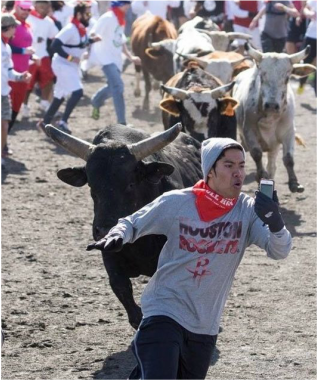 THIS WENT VIRAL WITH THE CAPTION "BEST SELFIE EVER?" THIS WENT VIRAL WITH THE CAPTION "BEST SELFIE EVER?" Living in a destination city like Seville, I’ve had ample opportunity to observe tourists behaving badly. And before I go any further, let me just say that most visitors are perfectly delightful guests – energetic, cheerful, and appreciative, contributing to the city’s bonhomie as well as its bottom line. Some, however, seem to take their social cues from the drunken sailor/stoned frat boy school of social behavior. I’ve watched, aghast, as American girls loudly demanded drugs from a middle-aged Spanish barman, as Australian futboll fans blocked a city thoroughfare to sing rowdy songs off-key, and as three teens jumped off a high bridge into the river, risking their own lives and scaring the hell out of the fish. Alcohol has long been the inspiration for such excesses, but today, there’s a new motivator: the selfie or video that captures the moment for social media. “From posing naked at Machu Picchu to filming their dives from hotel balconies into courtyard swimming pools,” writes the New York Times, “travelers across the world have been indulging in what officials and travel experts describe as an epidemic of narcissism and recklessness, as they try to turn vacation hubs and historic sites into their personal video and photography props.”  Taken shortly after her arrest, this photo show British tourist Eleanor Hawkins, whose nudity allegedly angered the mountain spirits and caused an earthquake that killed 18 people in Borneo. Taken shortly after her arrest, this photo show British tourist Eleanor Hawkins, whose nudity allegedly angered the mountain spirits and caused an earthquake that killed 18 people in Borneo. We’ve all seen the headlines: French tourists arrested for nude photos at Angkor Wat US Tourists Vandalized Rome’s Colosseum, Took Selfe Selfie Snappers Smash Baroque Sculpture in Herculean Feat of Stupidity Naked Tourists Caused Deadly Earthquake in Borneo; Tribal Leader Demands Fine of 10 Buffalo A “Balconing” Tourist Throws Himself Off Roof Into a Pool in Ibiza (Spain) Yes, they’ve had to invent a new term, “balconing,” to describe the now-common phenomena of someone jumping off a balcony or rooftop into a swimming pool while their friends film the event on their phones. Predictably, not all jumps are successful, as the sad fate of 23-year-old Dane Searls can attest. Such cautionary tales about the consequences of reckless behavior should give pause to even the wildest revelers, but of course, after the fifth Mai Tai, no one believes it could possibly happen to them.  WHAT COULD POSSIBLY GO WRONG? WHAT COULD POSSIBLY GO WRONG? With 1.13 billion international tourist visits last year, it’s getting harder and harder to come up with a truly original selfie. You standing in front of the Sphinx just isn’t going to cause a flutter. Many photos and videos that do go viral involve appalling misbehavior, as China’s beleaguered public relations department has discovered lately (see Flight Diverted after Passenger Reportedly Threw Hot Water at Crew Member). Embarrassing incidents have become so common that the Chinese government has begun blacklisting its worst offenders. For those still allowed out of the country, officials have issued The Guide to Civilized Tourism and Travel with such essential tips as “Don’t spit phlegm or gum, throw litter, urinate or defecate wherever you feel like it,” and “Don’t leave footprints on the toilet seat.” Sadly, there is no English-language equivalent. So here’s my advice to visitors abroad. Remember that you are a guest in another country, and like all guests, your job is not simply to refrain from offensive behavior but to be a congenial companion. Don’t criticize a foreign place for being different; that’s why you traveled all that way to get there. Avoid behavior that endangers yourself or others, damages objects older than your great-grandmother, or frightens the fish. And always remember that you should never do anything you wouldn’t be willing to see on the front page of the New York Times. Because these days, it easily could wind up there – and on the screens of 3.17 billion electronic devices as well.  “Reading old travel books or novels set in faraway places,” writes Phil Cousineau in The Art of Pilgrimage, “spinning globes, unfolding maps, playing world music, eating in ethnic restaurants, meeting friends in cafés . . . all these things are part of never-ending travel practice, not unlike doing scales on a piano, shooting free-throws, or meditating.” Not every summer, or year, or decade includes a trip to an exotic destination. But as Cousineau reminds us, “There is something sacred waiting to be discovered in virtually every journey.” And that holds true for journeys around your home area. The first step is looking at familiar surroundings with fresh eyes, starting with the assumption that we do not, in fact, know everything there is to know about the place in which we find ourselves. 1. Act like a first-time visitor and Google your town. You may have visited the main attractions, such as major museums and amusement parks, but if you dig a little deeper, you may be astonished by the obscure, oddball offerings all around you. 2. Go on a GPS treasure hunt. Geocache is a free, worldwide treasure hunt that anyone can join using a smart phone or GPS. With a million locations, chances are there’s a geocache hidden near you. 3. Check out weird roadside attractions. If you were on vacation in another part of the world, you’d drive miles out of your way to see kooky stuff like Carhenge, a reproduction of Stonehenge built of old cars.. And even if the site itself isn’t alluring to you, aren’t you just a wee bit curious about seeing the people who might choose to visit it? 4. Spend a day at a country fair. Agricultural shows, county fairs, and other rural gatherings offer a rich mix of animal events (don’t miss the herd dogs or the pig races), humans at play (pie eating contests, demolition derbies), band music, and the chance to buy weird household gadgets. 5. Shop at a flea market. It’s the cheapest form of time travel on this planet, and you can take home wonderful, one-of-a-kind souvenirs. 6. Tour a quirky museum. If the Trash Museum doesn’t appeal, there’s always the Museum of Bad Art, the Oasis Bordello Museum, or the UFO Museum. Chances are there’s something seriously oddball in your neck of the woods. 7. Attend an exhibition, convention, or show. Are you a sci-fi fan? Love comic books? Tattoos? Dogs? Reptiles? Even if you’re not nuts about these things, you’ll likely get a kick out of seeing die-hard fans going to extremes. 8. Visit a ghost town or cemetery. There’s nothing like rambling around an old graveyard or an abandoned town to give rise to profound thoughts about life, death, and the meaning of it all. (Afterwards, proceed directly to #9.) 9. Pop into a dive bar or speakeasy. Oh sure, you can visit the high end places too, but beer simply tastes better when sipped in an old roadhouse, slightly seedy waterfront bar, or Prohibition-era tavern with a secret door behind the bookcase. 10. Take a food tour. Once found exclusively in such culinary hot zones as Paris and New York, gourmet experiences are now easy to come by anywhere from Alabama to Albania. Great food, a bit of history, and a nice little walk. Perfect! 11. Host a wine or beer tasting. Round up a few friends or relatives to compare local beverages. We did a beer tasting at a family reunion, and the connoisseurs were aghast when Budweiser won the blind taste test over several chic microbreweries. 12. Sample a regional specialty. Is your town famous for its barbecued ribs, haggis, or chicken-fried steak? Pay homage to these fine offerings on their home turf. 13. Dine with people you don’t know. Today’s sharing economy makes it easy to connect with local cooks just about anywhere in the world via such sites as EatWith, VizEat, Feastly, Cookening and Eatwithalocal. Online reviews help you identify those with skill, flair, and a mouthwatering menu. 14. Host a movie theme night. For instance, tonight Rich and I are making Chinese shrimp with broccoli for an evening that includes a double feature of Big Trouble in Little China and Chinatown. Chopsticks required; costumes optional. 15. Attend a poetry slam or beatbox contest. Maybe it’s not your usual thing, but the originality, energy, and occasional edginess give such live performances a lot of zing. 16. Hang out in a pool hall. I used to be intimidated by them, assuming everyone there was an expert, if not actually a hustler or a Hell’s Angel. But it’s mostly local blokes playing for a bit of fun. Still, don’t bet more than you can afford to lose. 17. Take a free walking tour. Think you know your town’s history? You’ll be amazed. 18. Sign up for a meetup group. Most likely there are people nearby who shares your interests, however obscure; find them by scrolling through the listings on Meetup. 19. Read the bulletin board in a bohemian café. Even if you never pursue any of them, just skimming the notices — “Cure anything through fasting!” “Mindful Sexuality” “Screenwriters wanted” — is mind-expanding. 20. Watch the world go by from a sidewalk café. Even if it’s a cookie-cutter Starbucks, plunk yourself down at an outdoor table, sip an espresso, and enjoy the passing parade, just they way you would if you were abroad. Sounds like a fun summer! And all the while you’ll be honing the skills you need to go adventuring. Because when it comes right down to it, adventure isn’t about geography, it’s about opening up to the world. All journeys are really inner journeys, and you don’t need a plane ticket for that.
YOU MIGHT ALSO ENJOY OK, I’ll admit that those of us who have passed our 50th birthdays (and then some) can rarely stay up all night partying with rowdy strangers, crash on the floor for a few hours, then bounce up feeling fit, fabulous, and raring to go. But unless that sort of evening is essential to your itinerary, you’ll probably appreciate the advantages of traveling with a bit more age and experience (to say nothing of money) than you had during your roaring twenties. 1. Older people are happier, more content, and have a more positive outlook. Seriously! Just ask Laura Carstensen, director of the Stanford Center on Longevity. 2. It’s all about perspective. Even if you’re not entirely delighted with how life has turned out, you probably aren’t suffering the tortures of youthful angst. “Young people,” says author Margaret Atwood, “are worried because they don’t know the plot of their own story yet.” By 50, you’re likely to have at least some idea whether the story you’re starring in is high melodrama, low comedy, tragedy, science fiction, romance, PG Wodehouse farce, or (most likely) all of the above.  Style icon Iris Apfel, 93 Style icon Iris Apfel, 93 3. You don’t have to go to excruciating lengths to prove you’re cool. You aren’t. With a few notable exceptions, such as Iris Apfel and Mick Jaeger, people over 50 aren’t defined by their trendiness and wow factor. On the other hand, those of us who are into our second half-century don’t need to prove our coolness at every turn by, say, chugging three martinis, lecturing drunks about bad habits, or eating salads dripping with nasty bacteria, all of which I’ve observed young acquaintances doing, with predictably ghastly results. 4. Prioritizing and pacing your trips become easier. By now you have a pretty good idea whether you prefer glitzy nightclubs, group tours, museums, fancy restaurants, dive bars, gambling casinos, walks on the beach, or whole mornings spent sipping espresso in a sidewalk café. 5. Getting out of predicaments; it’s what you do. A lifetime of sizing up people and situations helps you apply common sense wherever you are. For instance, you’re less likely to believe (as a young relative once did) the cab driver who says, “Let me help you exchange some money so you don’t get ripped off.” If you do get into trouble, you have plenty of experience coming up with sensible solutions. Lost luggage, hotel reservations that didn’t take, or a rotten rental car will naturally make you crazy, but you’ve likely dealt with worse and will find a way to cope. 6. Forget carrying a backpack that’s equal to half your bodyweight. Many twentysomethings would rather go a year without Starbucks than be seen toting a sensible wheeled suitcase (see #3 above). You, however, can avoid the back strain and travel the world with practical luggage — or with no luggage at all, if you prefer. 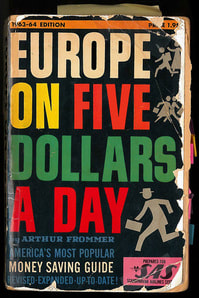 7. It’s easier to relate to the life experiences of people you meet. By now, you’ve probably developed an extensive repertoire of stories to share about such universal topics as raising a family, gardening, dogs, cars, and food. Rich once drew a crowd dentists in the Republic of Georgia, holding them spellbound by describing and displaying his dental implants — something few youngsters have to brag about. 8. You’re seen (if at all) as non-threatening. There are times when you want the freedom to move around without a fuss, fading into the background and observing the passing scene as if you were an invisible traveler. This is harder for youthful backpackers, who tend to be watched closely by business owners, cops, and other kids, for varying reasons. 9. With luck, your budget isn’t quite so tight. My travel career started in the era of Europe on Five Dollars a Day, and I still enjoy dive bars, mom-and-pop eateries, and inexpensive lodgings with quirky character. But I also splurge on great meals and comfier lodgings occasionally. And when things go wrong, as they did when we tried to check into a too-funky-even-for-us apartment in Bulgaria, it’s great to have credit cards and a bit of financial flexibility to fall back on. 10. “To travel,” actor Danny Kaye once said, “is to take a journey into yourself.” With every passing year, that journey becomes longer and more interesting. YOU MIGHT ALSO ENJOY |
This blog is a promotion-free zone.
As my regular readers know, I never get free or discounted goods or services for mentioning anything on this blog (or anywhere else). I only write about things I find interesting and/or useful. I'm an American travel writer living in California and Seville, Spain. I travel the world seeking eccentric people, quirky places, and outrageously delicious food so I can have the fun of writing about them here.
My current project is OUT TO LUNCH IN SAN FRANCISCO. Don't miss out! SIGN UP HERE to be notified when I publish new posts. Planning a trip?
Use the search box below to find out about other places I've written about. Winner of the 2023 Firebird Book Award for Travel
#1 Amazon Bestseller in Tourist Destinations, Travel Tips, Gastronomy Essays, and Senior Travel
BLOG ARCHIVES
July 2024
CATEGORIES
All
|
